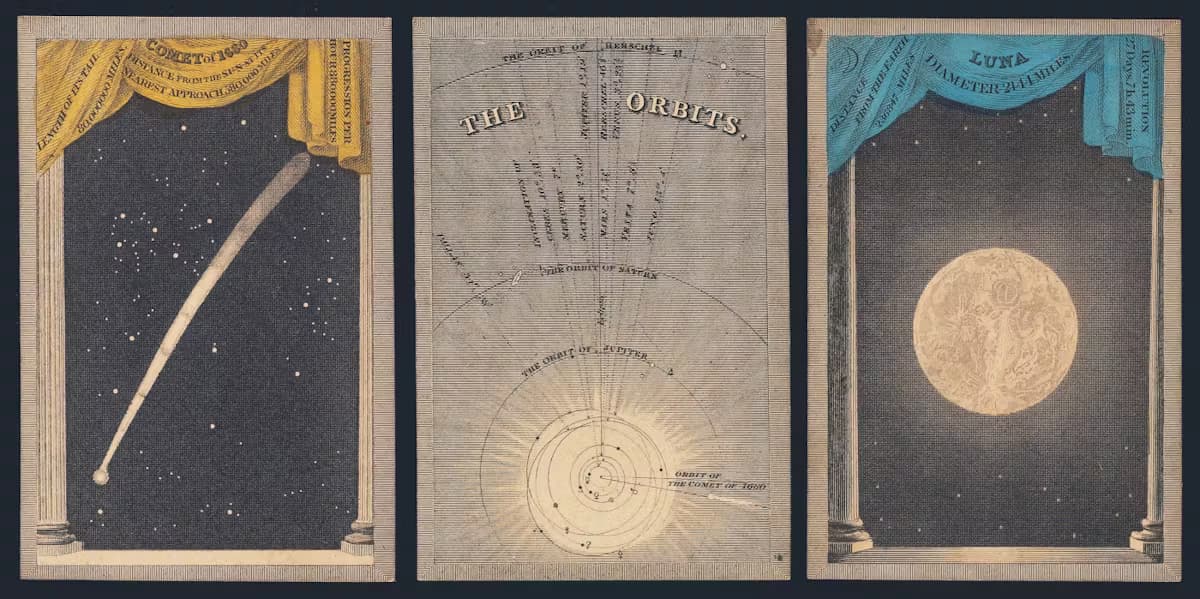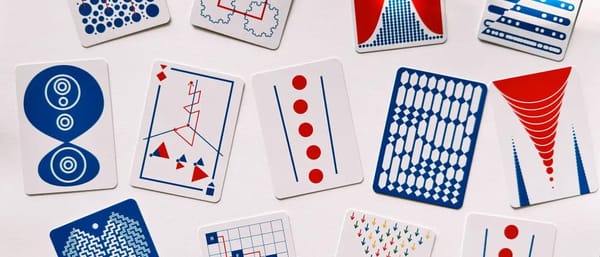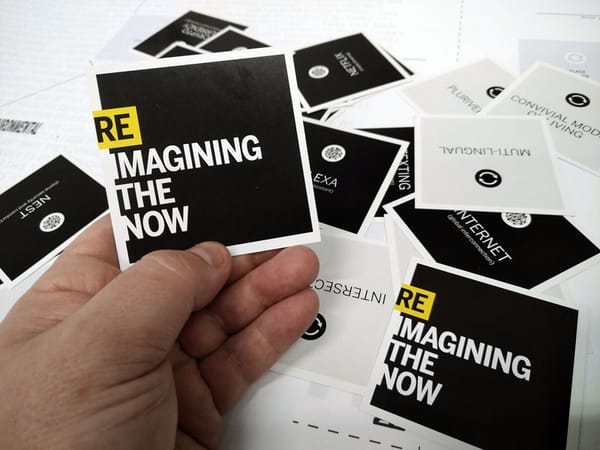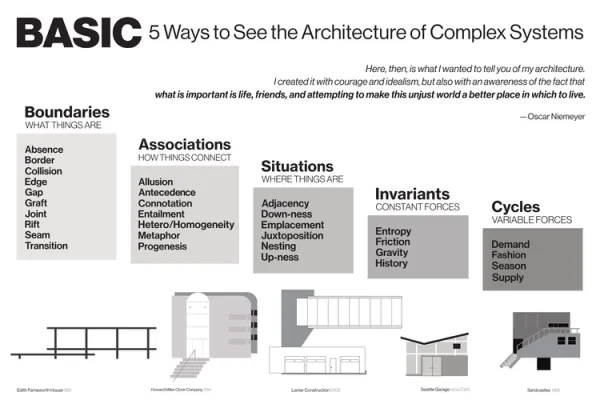№ 101 | The CX FUNdamentals Toolkit, The Dabbawala Algorithm, High Agency In 30 Minutes, Webb’s Depth of Knowledge (DOK), and Nick Sousanis Illustrates the Joy of Learning
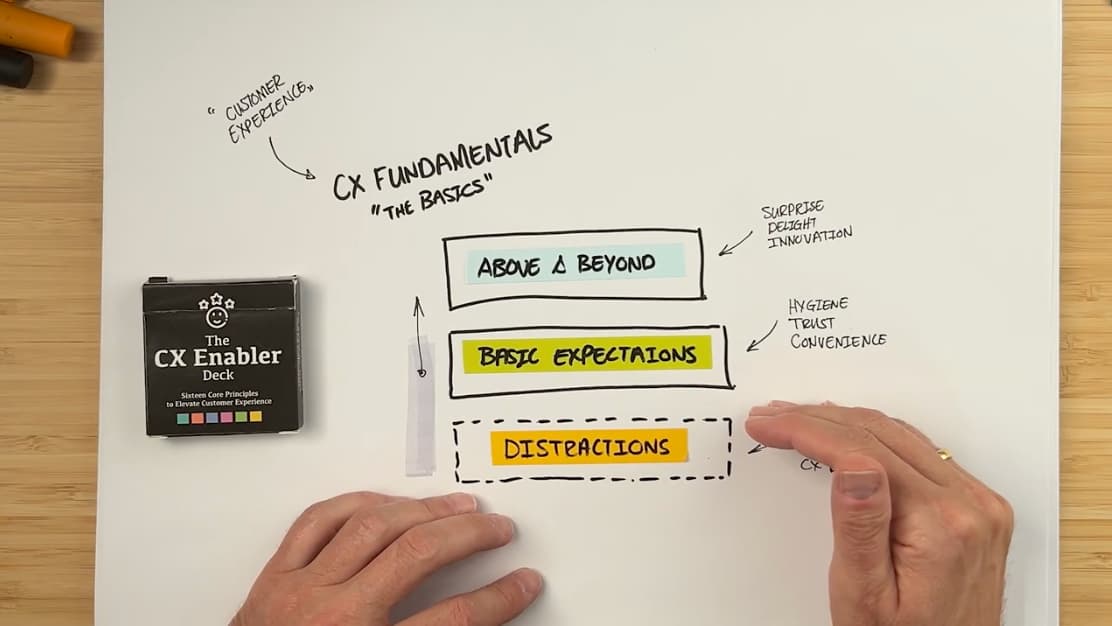
And… I’m back again, with a regular-sized dose of 5 playful things to think with.
[And just in case you missed it, the previous mega-sized special 100th issue of Thinking Things featured dozens of things grouped into 11 themes. You should definitely check it out!]
The CX FUNdamentals Toolkit
If your business has customers, and if you care about the experience these customers have… 🙃 then you need to check out the CX FUNdamentals Toolkit. My friend (and fellow card enthusiast) Werner Puchert recently shared not one, but TWO card decks he created to help teams “get a leg up… exploring, framing, and reframing” the customer challenges you want to solve.
First, The CX Enabler Deck helps you identify what to focus on separating out distractions from fundamentals. Essentially, these cards are a catalogue of common customer experience considerations (Holy Alliteration Batman!) that teams use to discuss what they think are their highest customer priorities. Once prioritized, there’s a ‘reveal’ where you flip the card over to see if you’ve prioritized distractions or basics.

Here’s a video overview of the CX Enabler Deck:
This is a toolkit, and not just because there are two decks, but due to the interplay between each card deck. On the backside of the Enabler cards are numbers and color coding that serve as a bridge into the second deck…
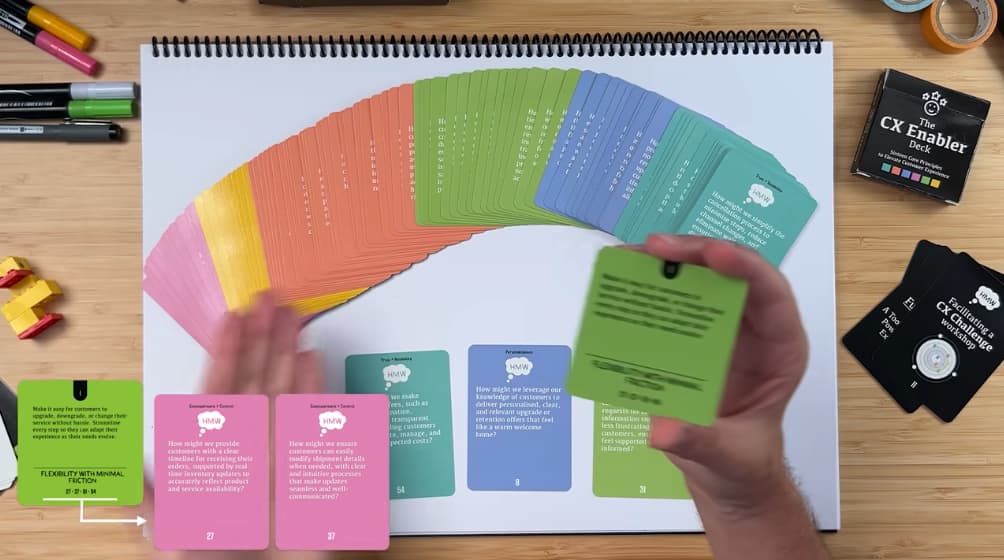
With priorities identified, The CX Challenge Deck helps teams move from knowing to doing. For each priority identified by the Enabler deck, there could be 1 or several corresponding Challenge deck cards, each with a very specific HMW statement your team can use to brainstorm what you already know (these provocations are the front side of the Challenge cards). Once you’re done brainstorming, the backside of each card has useful industry information to help you further assess and diagnose that specific challenge.
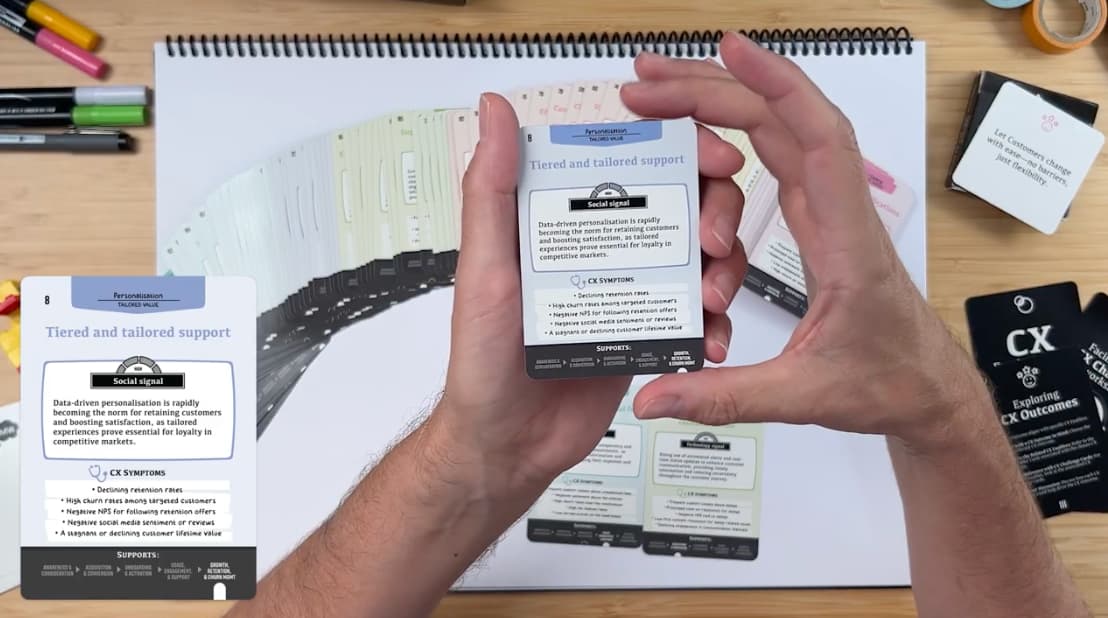
And here’s a second video overview, introducing the CX Challenge Deck:
Check it out! The CX FUNdamentals Toolkit.
The Dabbawala Algorithm
I love elegant information design. And when an analog technology rivals (or beats) modern technology, that’s instructive. In this case it’s the Dabbawala Algorithm [Instagram reel], a simple visual system that’s been in use since 1890 to distribute food throughout Mumbai—with only a 1 in 16 million error rate!

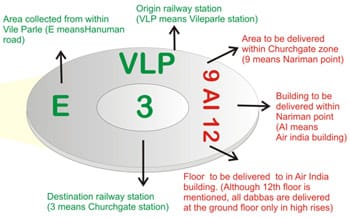
I did not know about the Mumbai dabbawalas or their legendary efficiency, but now I do!
“High Agency In 30 Minutes”
Have you ever described a really inspiring article you read, only to find—upon rereading—that it didn’t say everything you recalled? That somewhere in your initial haze of inspired ideas, you had added to, embellished, and rewritten your memory of the article?
If we’d chatted in the past month, I would have described this article that distinguishes between “high-agentive” and “low-agentive” people. I would have emphasized how the terms agentive and agency hold different meanings (something about “the capacity to act autonomously and make decisions to achieve goals vs having that capacity or power to act”; internal vs external factors and all that). I would even have gone so far as to describe a 2x2 grid where you map a spectrum of [low/high agentive] people and [low/high agency] situations, explaining scenarios where a “high-agentive” person is placed in a “low agency” environment.
Anyway, I made all that up. Or most of it, anyway. The article in question—“High Agency in 30 Minutes”—is no less inspiring, if only because it reframes a familiar idea: The innovator’s mindset (note: the article never once uses the ‘I’ word!). It’s this reframing—this new perspective on timeless ideas—that (I think) led me to imagine something that wasn’t there.
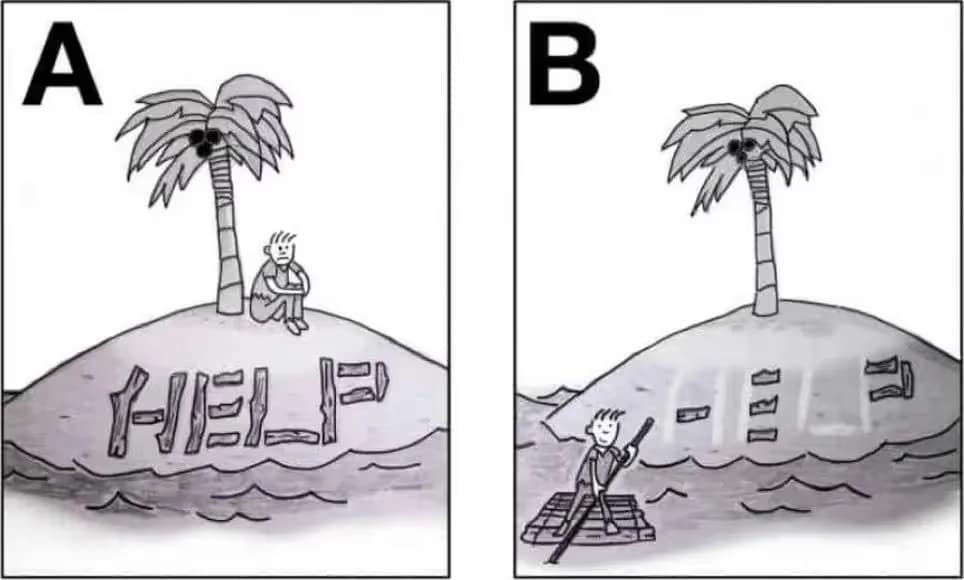
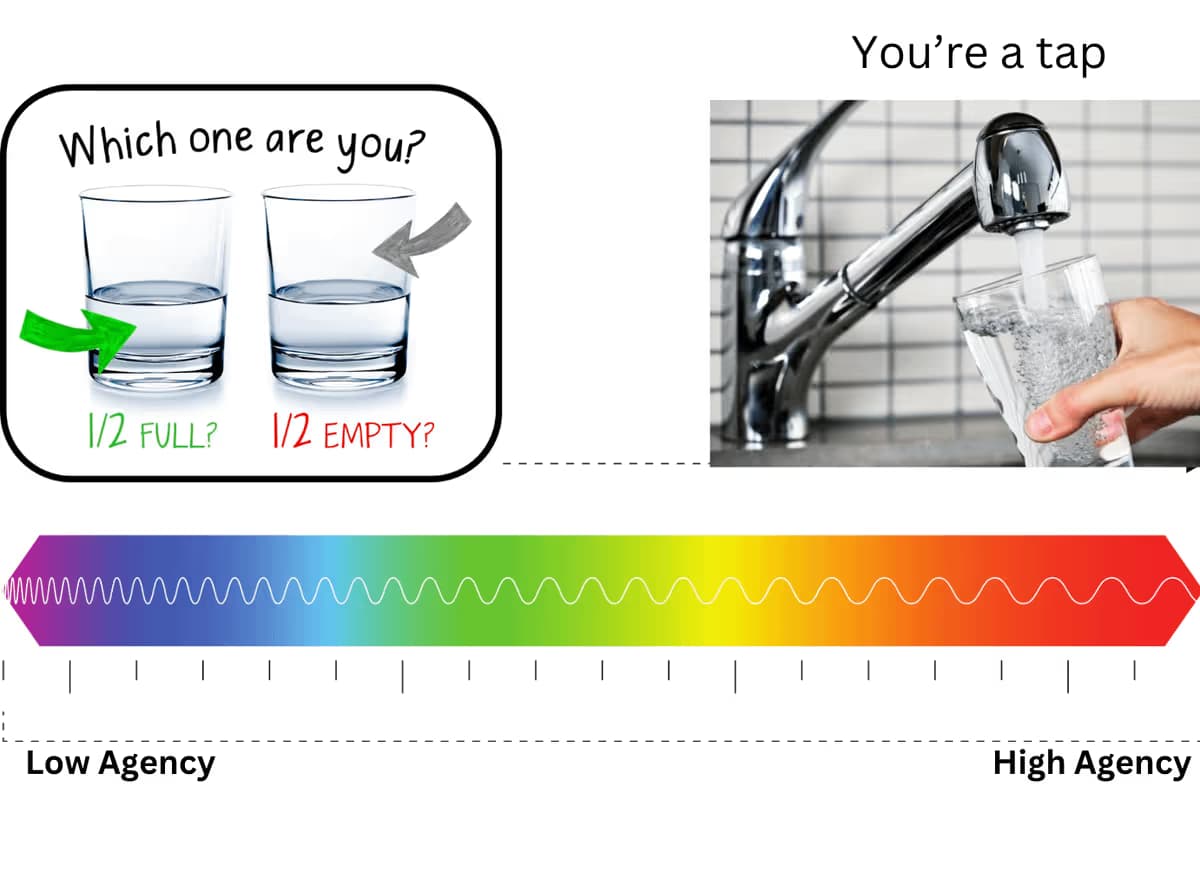
Hmm. Maybe I should go write my article now?
Webb’s Depth of Knowledge (DOK)
Hey—it’s a new (to me) learning framework! Webb’s Depth of Knowledge [LI video] describes the cognitive effort required to complete different kinds of tasks, which can prove useful to inform the design of these tasks.
There are four (non-hierarchical levels).
Level 1, Recall and Reproduction, is about remembering facts or following simple steps.
Level 2, Skills and Concepts, is about using those facts or steps to complete a task.
Level 3, Strategic Thinking, is about deciding when and why to apply what you know and being able to explain your reasoning.
Level 4, Extended Thinking, involves tackling a complex task that takes time, planning, and multiple steps. It requires combining ideas and sources, gathering evidence, and staying with the task from start to finish.
Glancing at this written summary, DOK does bear similarities to the popular Bloom’s Taxonomy, but the video (definitely watch the video, it's only 5 minutes in length!) is quick to highlight the differences. And, after watching this I did look up several more articles, and quickly noted many of the inconsistencies and misunderstandings hinted at in the video.
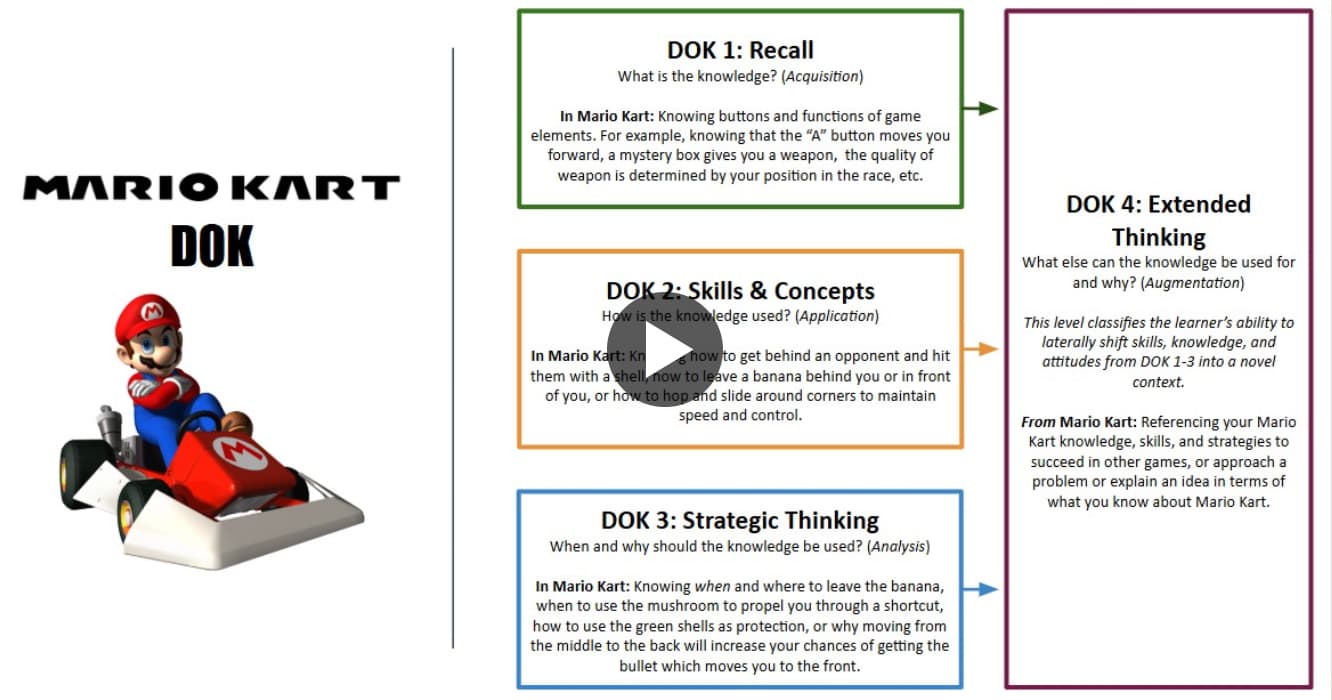
Sidenote / Connecting Dots: The Maria Kart game analogy reminded me of a presentation I gave a few years ago on Arcs, Loops, and Terrain, that also referenced Mario (the original Super Mario Bros. video game!) in the context of learning. In that presentation I mentioned learning loops, especially “pre-loaded” loops (aka prior knowledge) that allow us to transfer patterns and associations learned from one context into a new context, e.g. how gamers know to use WASD keys for navigation when playing a game for the first time.
The Joy of Learning—Illustrated
Elsewhere, I’ve offered up my thoughts on using AI for learning—with a comparison to video games and the joy that comes from overcoming difficult challenges.
Offering up similar thoughts on “education and exploring how we own our own learning,” Nick Sousanis recently shared this syllabus (in the form of a mini-comic) he created for the Liberal Studies capstone he teaches:

It’s all brilliant wisdom and well worth your time, worth framing on a wall, or printing as a zine… But, it’s the upper right panel, his statement on Ai, that’s been making the rounds:
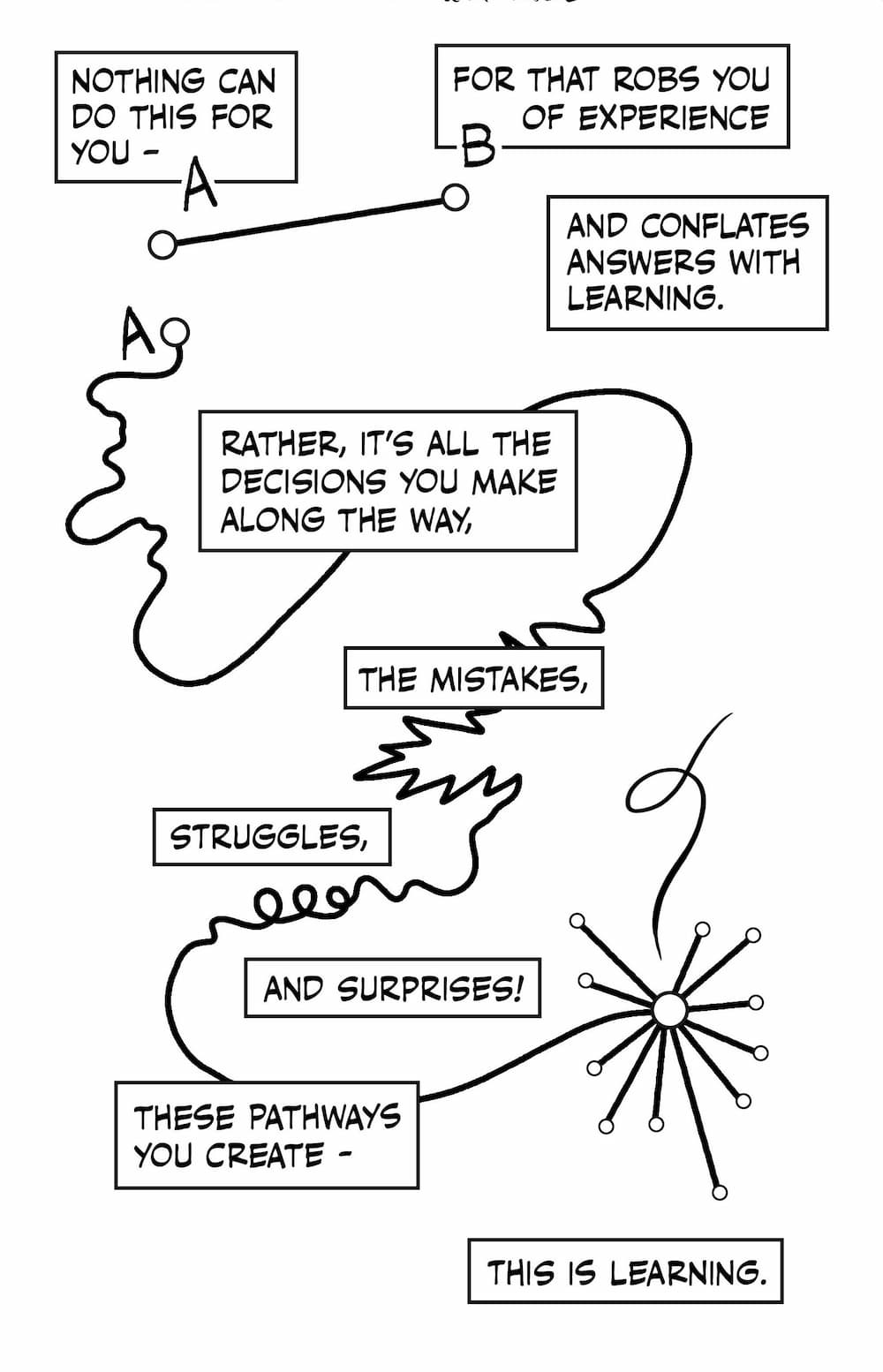
From various social media posts, Nick added this remark:
my statement on Ai from the mini-comic I'm making as syllabus for a new class I'm teaching this fall. It's simple, but I pretty much said all I have to say on it - it robs you of decisions and struggle - and the joy of being surprised. It robs you of learning...
🤜 🫳
🎤
Random, fun stuff!
- It’s not everyday I can say “check out this sexy spreadsheet.” But hey, check out this sexy spreadsheet! (Rowboat is lightning fast—even at a million rows of data—and offers charts that rather than merely represent data, can be interacted with to filter data… 😍)

- I love stumbling across old examples of nonstandard card decks. These Astronomia playing cards from 1829 “focused exclusively on the heavens,” do not disappoint.
